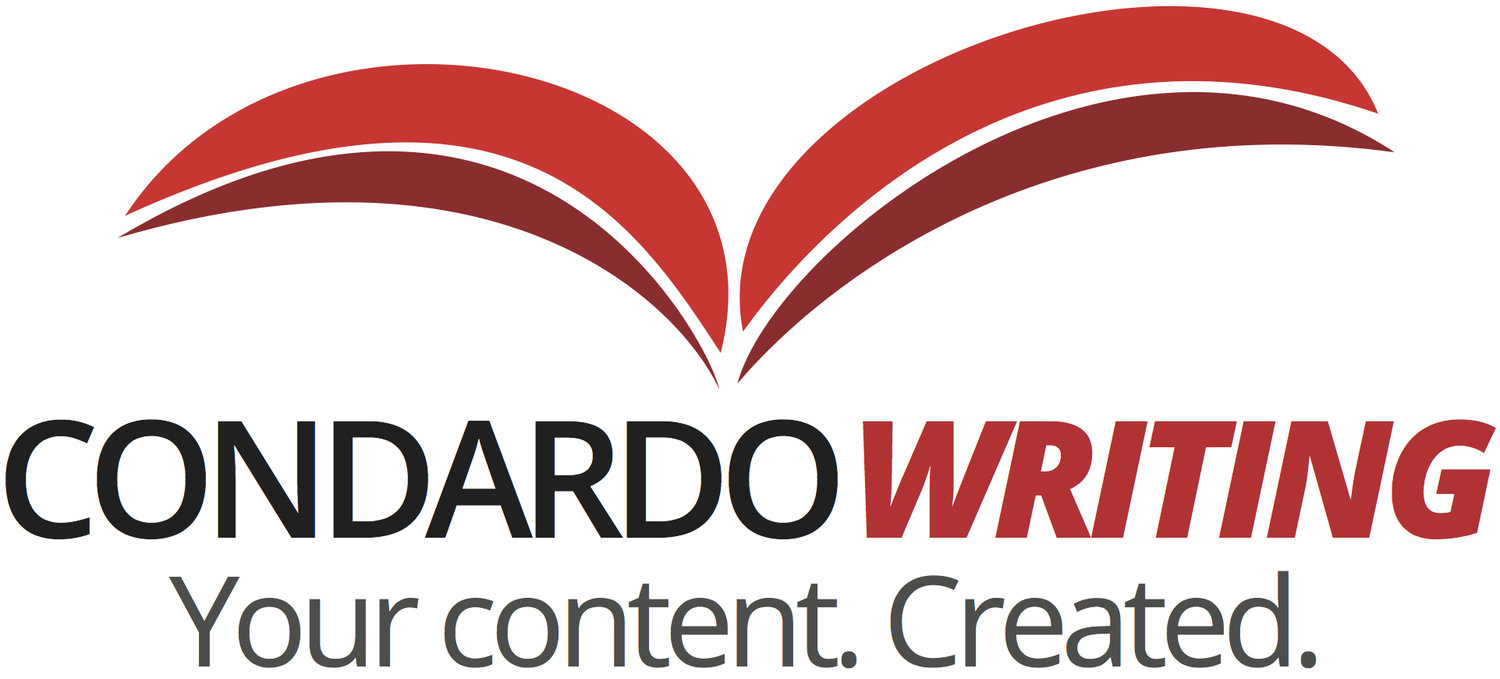Summer is over and you’re back from vacation. Remember all those things you told yourself you’d get to after Labor Day? Welcome to “after Labor Day.” Some of those tasks growling on your desk involve creating content – an eBook, white paper, or series of blog posts. If you and your staff are buried with other priorities, you may decide to contract with a freelance copywriter to help break the logjam of work you’re facing.
Probably a smart choice, but only if you get the result you want. Here are nine tips to get maximum value with minimum management time.
1. Clearly define what you need
Be precise on what you want in a final product. Determine the topic, content vehicle, target audience, and focus of the piece. If you need help defining some of these points, reach out to your writer for assistance. An experienced professional can help crystallize your need.
2. Get the right stakeholders involved
If someone else in the organization is going to approve the copy, make sure he or she is involved before you and your copywriter begin working on the project. I once had a case where my client and I were totally in concert on what he wanted. We went from concept to outline to first draft and were both happy with the result. Unfortunately the CEO who had final say didn't share our feeling. It wasn’t what HE wanted. We were striving for an objective thought leadership piece and the CEO wanted a sales brochure. We needed to know that up front. Instead, my contact looked bad to his boss and my credibility took a hit as well - even though I delivered precisely what was requested.
To avoid that costly disconnect, make sure you’ve circulated the concept and outline to everyone who might have a say in the piece. Know your relevant stakeholders and engage them from the start.
3. Get off on the right foot
Once you have consensus from your stakeholders on what you're trying to accomplish, communicate the basics of the project to your copywriter in a kickoff call. Agree on the voice, tone, and style of the piece. Will it be an informal second person approach where you address the reader directly or a more formal style using the third person objective case? Do you prefer footnotes, endnotes, or links? Discuss the scheduling requirements as well. Nailing down these issues early saves a lot of confusion, delays, and time-consuming back-and-forth communication later.
4. Agree on source material
Let your writer know what you'll be providing for source material and what he or she will need to research separately. In most cases, this will need to be discussed before your writer can provide pricing on the project. Identify any SME’s your writer might have to contact and do a virtual email introduction. Communicate any source materials you DO NOT want used.
5. Approve an outline
Review and approve an outline before your writer begins the first draft. This will ensure the piece is going in the direction you want. If it’s a short piece – a blog post for instance – you may only need to see a title and a few bullet points. For a longer piece like an eBook or white paper, reviewing a detailed outline before writing begins is a must.
6. Get a Sneak Preview
Especially on longer pieces, request an early look before your writer gets too far along. Reviewing the opening and perhaps a slice of the first section will confirm that your writer is following the agreed upon tone and style. That isn't something you can determine from the outline alone.
7. Be Available to Communicate
Although the point of outsourcing the piece is to free you up for other tasks, there are times when your writer will need you for clarification or direction. If you've hired an experienced professional, it won't happen often, but when you are contacted, make an effort to answer promptly. It may take you only a couple of minutes, but your writer could be at a standstill until you respond.
8. Review and Revise
If you’ve followed the process to this point, you'll likely receive a first draft that will be close to a final version. There may be a quote or fact that needs to be revised, or a paragraph or two you want reworded, but there shouldn't be a need for any major revisions. Usually a brief review call with your writer and one revision cycle should be all that’s needed to get you the final product.
9. Provide Feedback
Once the project is complete, let your writer know how you feel it went. Whether you have some comments about the process or the writing itself, communicate that to your writer so he or she can incorporate the feedback into the next project you do together. Developing an ongoing relationship with a reliable, seasoned copywriter can streamline the process considerably. The more your writer knows about you, your audience, and your product or service, the better he or she is able to deliver the desired final product - the first time - with minimal intervention from you.
How do you manage your outsourced writing projects? What process have you found most effective?
Photo Credit: Glyn Lowe Photoworks. via Compfight cc




